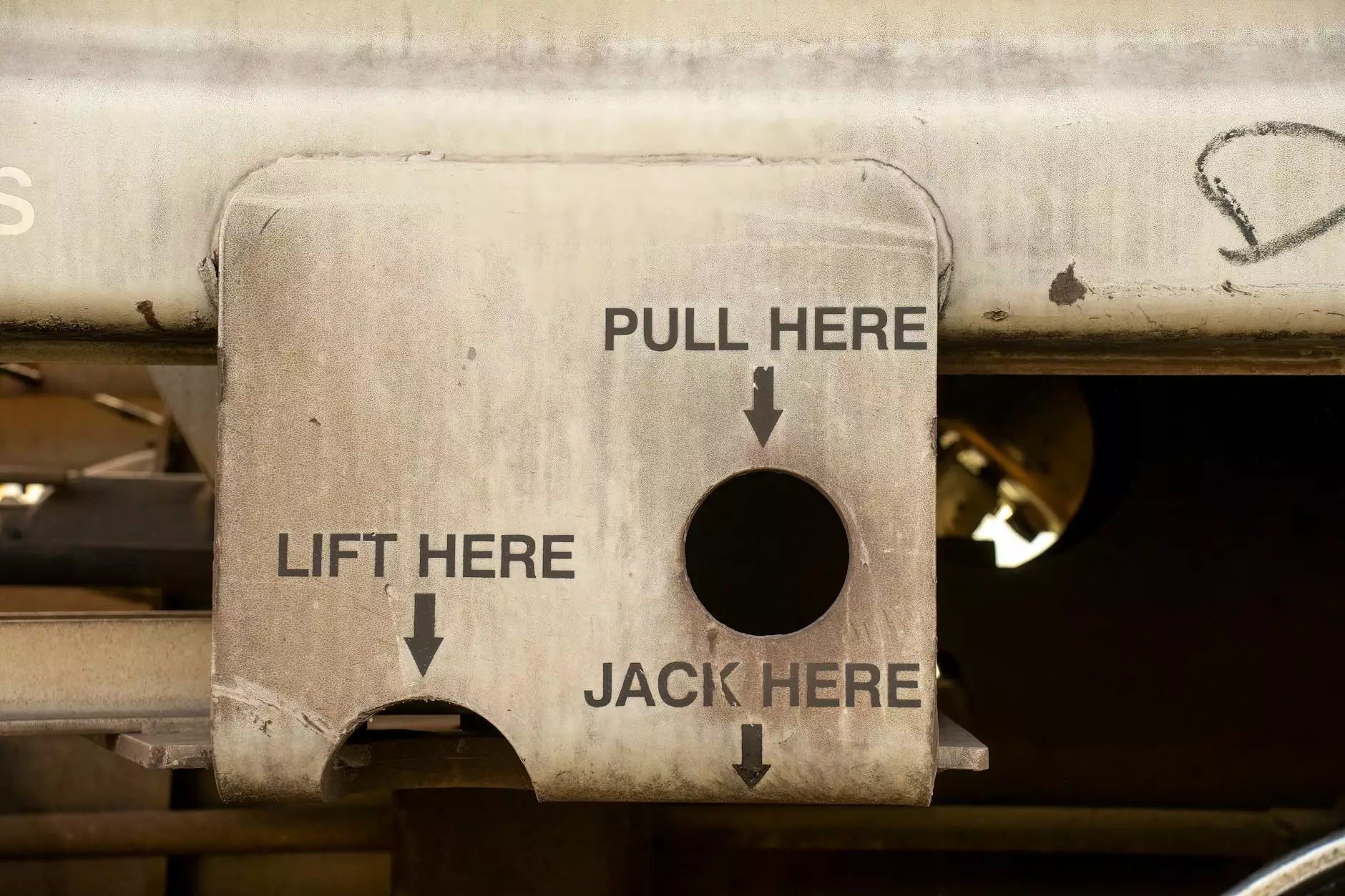English Vocabulary Lesson - To Drive vs. To Go By Car
English Vocabulary Lessons
Introduction
Welcome to NJCLT's English vocabulary lesson on the difference between 'to drive' and 'to go by car'. In this lesson, we will explore various scenarios and examples to help you understand their usage in different contexts.
1. The Concept of Driving
Driving is the act of operating a vehicle to move from one place to another. It involves controlling the vehicle's speed and direction, usually using a steering wheel, pedals, and other controls.
Example: John drives to work every day in his car.
2. Going By Car
Going by car refers to the act of traveling using a car as the mode of transportation. It implies being a passenger or utilizing a car as a means of getting somewhere.
Example: Mary goes by car to visit her grandparents on weekends.
3. Differences in Usage
The key difference between 'to drive' and 'to go by car' lies in the perspective and involvement of the person in the action. 'To drive' implies actively operating the vehicle, whereas 'to go by car' suggests using a car as a passive means of transportation.
4. Scenarios for Using 'To Drive'
- Driving to work: Many people drive to work every day, taking control of their vehicles to reach their workplace efficiently.
- Solo road trip: If you embark on a road trip alone, you are responsible for driving the car throughout the journey.
- Driving lessons: People take driving lessons to learn how to operate a car and obtain their driver's license.
5. Scenarios for Using 'To Go By Car'
- Vacation with friends: When traveling with friends, you may decide to go by car, with one person driving while others enjoy the journey as passengers.
- Being chauffeured: If someone else is driving you, perhaps a chauffeur or a family member, you can say that you're going by car.
- Public transportation option: When considering transportation options, taking a car can be an alternative to public transportation.
Conclusion
Understanding the nuances between 'to drive' and 'to go by car' can enhance your English vocabulary and better express your ideas. Both phrases have their unique usage scenarios, so make sure to choose the right one based on your involvement in the act of operating the vehicle. Practice using these expressions in different contexts, and you'll master them in no time!










